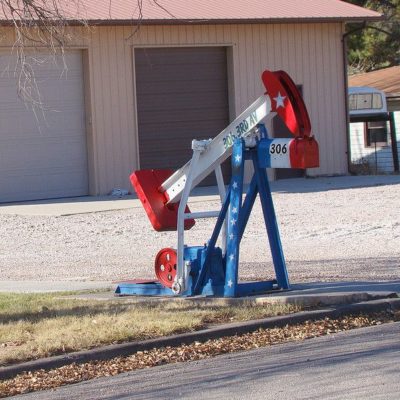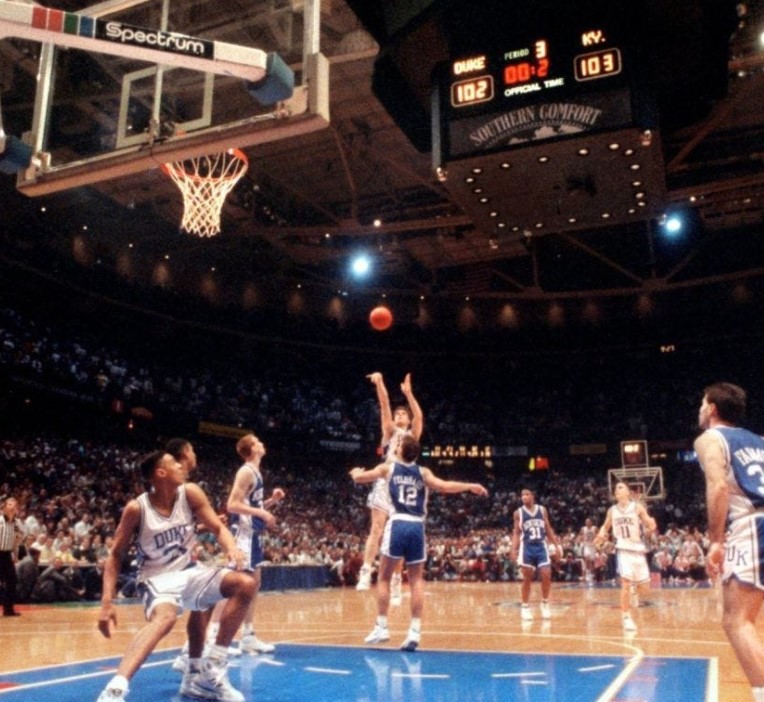Alright, first off, let’s just get this out of the way. Toronto lost. Montreal won. Nanny nanny boo boo. In the great Canadian hockey wars this is both an expected and unexpected outcome and a restoration of order to the universe. The last Canadian hockey team to win the Stanley Cup was the Canadiens in 1993 and since then it’s been an exercize in futility for a series of wannabes. This means that in order for a Canadian team to win the Cup, it will likely have to be the Canadiens. Of course they have to go through Winnipeg and likely Boston and then Colorado, but stranger things have happened. My prediction, which is most likely not to be even remotely accurate is that the Habs will easily sweep the Avalanche to win the Cup this year, expunging both the curse of Patrick Roy and the “no Canadian team winning the Stanley Cup” curse. Toronto will then be free to finally win one of their own, in 2067.
As it turns out, the hockey sure has been pre-occupying my time, taking away from my blogginess as has the recent vaccination of my 12-year old daughter who has a very real and visceral fear of needles. So much so that I spent a fair amount of time on Thursday doing my part to help her through that (success by the way – huzzah!), which meant I missed significant blog planning time. Then there was work and watching the Lebron get the boot in the first round for the first time ever.
The upshot of all this is a mail-it-in Friday blog of no consequence. A meandering random walk through my head on a few subjects. Generally themeless and as always shameless.
At any rate, hockey and vaccines, random walks. Where to next? I know! Oil prices! As in, just what the heck is up with oil prices?
That’s right, the price of everyone’s favourite environmentally abhorrent and carbon spewing fossil fuel has been ripping it like AMC stock or crypto for the last little while, dragging the shares of the most undervalued sector in the market with it. And prices show no signs of stopping.
What gives you might ask, well let’s look at a few factors.
First on the list of course is supply.
While reserves of oil are high and there is plenty of spare capacity on the sideline ready to come on stream, the reality is that the pull-back in tight oil production and newfound (and likely short-lived, who are we kidding?) capital discipline in the tight oil sector and natural decline rates worldwide are raising the possibility that the OPEC+ space capacity maybe isn’t all it’s stacked up to be. While OPEC+ has indicated a desire to bring production back on stream beginning in July, it is nowhere near enough to upset the Goldilocks balance (not too hot, not too cold) that the Saudis have managed to put together.
In this environment, everyone is making money (even the tight oil guys) without tanking or spiking prices and no one has to risk the ire of the IEA and Fatih Birol by actually spending any money on capex.
This of course is a great outcome for Canada, as mentioned in prior weeks, but the picture just really keeps getting better and better. Have you gone long yet? I have, by default, because my dogs from a year ago are now driving some pretty serious gains in my portfolio. With any luck, I should break even to 2014 levels by the time the Leafs win their cup.
All joking aside, these are good days for producers and the trickle down to the service sector is accelerating.
But what about Iran you may ask. Well, what about it? I mean really, what. Sure they will have some barrels they can bring to the market if the nuclear deal is ever revived (that’s a big if by the way, they’ve been enriching a massive amount of uranium). But it’s not going to be the three million or more that their oil ministry predicts with production levels reaching heights not seen since the 1970’s. No, it is more likely to be a modest 1 to 1.5 million barrels per day, significant, but not earth shattering. And, one suspects, just an accounting as they move smuggled production to official exports. How do I know this? I don’t. But it’s what has happened before. Plus there’s that whole OPEC + thing.
Similar to Iran, Iraq has stated its intent to raise its production o over 6.0 million barrels, a level it has ever seen. I mean come on guys.
I guess Norway and the North Sea could pick up some of the slack, but there isn’t enough there to significantly add production.
Against this backdrop and with the larger independents and majors running for the hills from shareholder activists, it ultimately comes down to Russia and Saudi Arabia. Again. And as I’ve said previously, where exactly is the incentive for these two to allow prices to fall materially from where they are today when they are both 1) making money hand over fist and 2) not threatened in the least by other sources of production.
So production will be fine I think. Under the sage guidance of the Saudis, this market seems to be one where any incremental demand can be met by judiciously expanding supply from the most readily available sources.
So what about demand?
Well, the EIA draws were underwhelming to the market this week, as market participants were expecting some form of massive Memorial Day driving binge and for their money, the 5 million draw versus the 2.5 million draw was a disappointment, ignoring for the moment that that data is still a week away from being known.
Reality is that the draw for the first driving weekend of the summer is likely to be significant if anecdotal evidence can be relied on.
While vehicle miles and travel intentions spelled out a road-trip dominated long weekend, the scenes from the airports put full support behind a high consumption weekend. The United States is in 100% reopening mode and it appears to be an unstoppable thing. In fact taking a look around it appears that the only OECD country still too timid to dive into the reopening pool is Canada – we are still stuck on the proverbial ladder, worried about the temperature.
How much has the demand picture shifted in the last few weeks since I covered this self-same topic?
Well, let’s look at the IEA, remember them? Yeah, the guys who lectured us two weeks ago that we had to stop spending on oil and gas to achieve net zero and said that peak demand was coming before 2030? Yeah, those guys. Well they came out this week and revised their estimate of when consumption would recover to 2019 levels by moving the date up by a whopping three years to what is in essence a random Wednesday in late November.
So yeah, demand is recovering faster than expected, supply is being smartly managed by our friends at OPEC+, the American shale bros aren’t in a position to move the needle and Canada? Well we are a cash flow generating superpower.
Not only are our producers in play, our pipeline operators are as well as evidenced by the very public battle targeting Inter-Pipeline Limited by both a hostile bid from Brookfield Infrastructure and a white knight option from Pembina. While IPL has been steadfast that the Brookfield bid is not in the best interests of the shareholders, one has to wonder if that Liberal Carney connection Brookfield brings might not be beneficial in the halls of power. The shares of IPL are currently trading above the revised Brookfield bid suggesting that the market is expecting Pembina to come back to the table. A combined IPP and Pembina is an interesting combination and would be a formidable midstream operator with assets across Western Canada as well as significant, developing petrochemical assets. The flip side is that putting these two together will be complex and likely takes Pembina out of the running to purchase TransMountain (expansion and all) – perhaps Brookfield should buy this from the Federal government instead of IPL.
In other Canadian market news, we saw this week that Chevron, who last week adopted a shareholder resolution to reduce Scope 3 emissions by an unknown amount over an unspecified amount of time, has put on the table that their equity interest in the Athabasca Oilsands is no longer strategic to them. This of course is greenwash speak for “look, we have this sticky investment, if we get rid of it, will you leave us alone to keep overpaying for lousy Permian wells that decline 60% in the first year but at least don’t generate cash flow?”
Not that I have strong feelings about it, but Chevron is clearly pulling the pin on Canada. Which is fine, don’t let the door hit you on the way out. CNRL will buy that 20% and the CEO of Chevron, who says this isn’t a “fire-sale” will soon realize the reality that if he wants CNRL green for this particular greenwash, it’s coming at a steep discount.
For the record, I say they are leaving Canada because this decision follows on their exit from the Kitimat LNG project, a decision that was probably the right one for a project that had limited interest.
So there you have it, a little bit of a random walk. I promise to be more organized next week, but as I said, between hockey and vaccinations and maybe a bit of work, it’s been a busy week.









